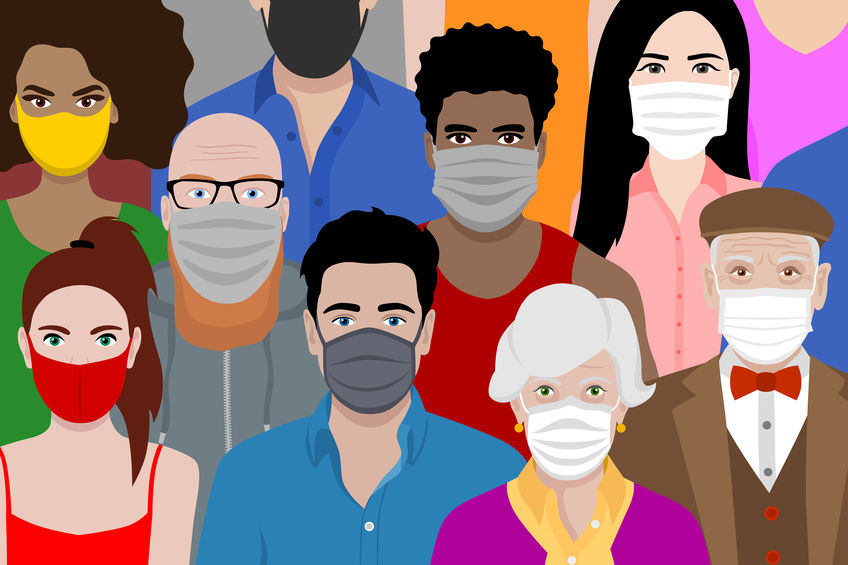Activity 4b: COVID-19 and Australian living standards

- Non-material living standards are difficult to measure with a single indicator and economists might look at the impact of economic decisions of mental and physical wellbeing, access to a environmental amenities, feeling safe with low crime rates and the degree of social cohesion. COVID-19 negatively impacted on non-material living standards given that it created health problems (i.e. a health crisis) which led to illness and loss of life, negatively affecting families friends and society as a whole. Social distancing measures and lockdowns also prevented society from enjoying freedoms to associate with others and enjoy life more generally (e.g. visit friends, attend concerts, traveling Interstate and abroad, etc.) which had a significantly negative impact on the mental health of many Australians. In addition, unemployment or underemployment further deteriorated the mental health of those concerned. Of course, non-material living standards of Australians were also impaired by the anxiety and uncertainty surrounding the longevity of the virus and its ongoing threats. Material living standards refer to the ability of households (and therefore individuals) to access goods and services. It is a measure of average purchasing power and is most commonly measured by looking at real GDP per capita figures. In the early stages of the virus, disruptions to supply chains caused widespread shortages and limited the ability of consumers to access the goods and services they required. Overall, COVID-19 reduced production, income and expenditure, evidenced by Australia experiencing its first recession in almost 30 years and the most common measure of material living standards (i.e. real GDP per capita) declining in the June quarter.
- As mentioned above, social distancing and lockdown measures not only resulted in a negative impact on business activity, worsening material living standards, they also created the stress, anxiety and loneliness that contributed to mental health problems for many.
- The decline in real GDP per capita indicated falling income levels (and purchasing power) for households on average.
- The trade-off relates to the fact that any attempt to ease the restrictions (e.g. to protect the economy and mental health) would necessarily come at the expense of the increased risk of infection, more deaths and potentially a longer period in which the virus is with us.
